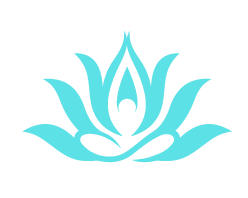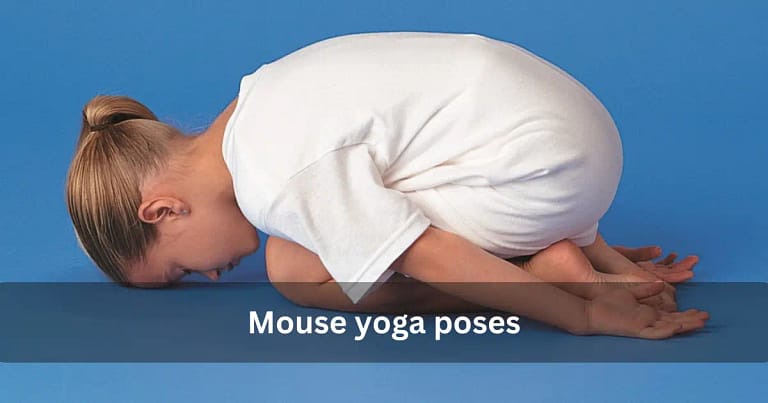Swan Pose vs. Pigeon Pose – Benefits and Cautions in 2023

Swan Pose vs. Pigeon Pose
The goal of the yang practice of Pigeon Pose is to work the muscles, while the yin practice of Sleeping Swan Pose is to relax the muscles and work on the inner organs.
About Swan and Pigeon Pose
Swan and sleepy swan pose are two Yin yoga positions often used to open the hips. Hamsasana is another name for the swan pose. The pose needs good hip movement because it looks like a half split with one leg bent under the other and the other leg back.
Pigeon Pose, which used to be called Kapotasana.The goal of the pigeon pose is the same as that of the swan pose: to stretch and open your hips. The move looks the same, with the front leg bent under the body and the back leg straight. The pigeon pose can help people with tight hips and back pain because it makes these areas longer.
Do swans and pigeons pose the same?
In Yin Yoga, the Pigeon Pose is called the Sleeping Swan Pose. When you do this pose in a yin way, you’ll be more aware and have better health and well-being.
The names of the positions in yin yoga are deliberately different from those in classical or yang yoga. This is due to the need for more clarification on the true meaning of the practice.
Pigeon Pose, a yang exercise, aims to strengthen the muscles, whereas Sleeping Swan Pose, a yin practice, aims to relax the muscles and stimulate the deeper tissues.
What’s the difference between the swan pose and the Pigeon pose?

It’s not surprising that there are similar yoga positions with various names, given the wide variety of yoga practices. There are several occasions when the same posture we can use for diverse purposes.
Consider the pigeon position and the swan pose. Despite their superficial similarity, these two stances serve quite different purposes: one promotes profound release and stimulates the muscles.
1. Muscle movement in the Swan pose
The swan stance is a great way to stretch your hip flexors and psoas. However, it is also a great way to stretch the quadriceps of the rear leg, which is a great way to relax.
You may feel a stretch in your spine, arms, and neck when you take this position farther into a sleeping swan. The upper body becomes very elongated because of the forward fold over the front leg required for this stance.
2. Muscle movement in the Pigeon pose
This position is great for lengthening the hip flexors without putting undue pressure on them. Although challenging, this position is an excellent opportunity to work on hip flexibility.
Read:
Yoga For Nightfall: 5 Asanas Preparing Your Body And Mind For A Peaceful Night
Benefits of Swan and Pigeon pose

Swan pose benefits
- Improves foot flexibility and builds ankle strength.
- Promotes health by rubbing the spleen, gallbladder, liver, stomach, and urinary bladder acupuncture points.
- Boosts hip flexibility.
- Psoas and hip flexors get a good stretch.
- Extending forward activates the meridian that runs through the kidneys, liver, and spleen.
- The hip rotation has the effect of stimulating the gallbladder meridian. Improves foot flexibility and builds ankle strength.
- Promotes health by rubbing the spleen, gallbladder, liver, stomach, and urinary bladder acupuncture points.
Pigeon pose benefits
- Yoga’s Pigeon Pose is a fantastic hip and lower back stretch.
- When used properly, it may aid digestion while increasing hip flexor and lower back muscular flexibility. Since Ayurveda states that negative emotions are housed in the hips, some people feel it might relieve mental tension or concern.
- This position is great for increasing your hip range of motion and flexibility.
- When you sit for lengthy periods, your hip flexors and lower back might get stiff. Mild lower back or hip discomfort can relieve you by stretching these muscles periodically.
- The gentle stretching and movement of your lower belly in this position aids digestion. Peristalsis, the process by which digested food is moved through the intestines, may be aided by this.
- Ayurvedic medicine states that the hips are where you keep your tension, grief, and dread. Regular practice of the position has the potential to calm anxious thoughts and feelings from the inside. This position is great for increasing your hip range of motion and flexibility.
Swan pose and Pigeon pose cautions

Pigeon pose
- Pigeon Pose is harmless in and of itself, but if done improperly, it may strain the hips, knees, and lower back. Before trying anything new, expectant mothers and anyone with ongoing ailments to their muscles and joints should see a doctor.
- When Pigeon Pose is not dangerous in and of itself, it may become so if you force your body past its limits when stretching into it.
- Pigeon Pose should be avoided if you have persistent problems with your hips, knees, or lower back. Before doing anything new, expectant mothers and anyone with even modest muscle and joint injuries should see a doctor.
- Overstretching the gluteal tendons, which link to the outer hip bones, is another potential risk of Pigeon Pose. The tendons around the hip can make weak over time, leading to various hip problems.
- Many yogis also struggle to raise their shins to the front of their mats in a parallel position. They compensate by bringing their shins excessively close to their bodies. Extra stress on the knees might cause damage over time.
- To reduce the likelihood of injury, lay a folded towel beneath your right buttock and thigh. This will help realign your hips and knees and reduce the likelihood of injury. As a result, stress and potential harm will be lessened.
- A yoga teacher can provide modifications and further guidance as you practice together.
Read:
Is Yoga A Sin, Yes Or No? According To Christianity 2023
Swan pose
- Students with heart disease, renal disease, liver disease, high blood pressure, a hernia, irritable bowel syndrome, a migraine, or any ailment that causes difficulty breathing should avoid Hamsasana (Swan Pose).
- When you lay your hands on the floor with your knees apart, put one hand directly beneath your belly button or on your rectus abdominis. A sudden shift in the mare’s posture might damage the internal organs.
- Put your head on the floor for support while you move your weight to your elbows. On the other hand, it will help you stand up straighter on your toes by supporting your back leg.
- In the full Hamsasana position, keep your head from falling forward. An arched neck is necessary for a forward gaze to maintain the asana for longer.
Conclusion
Sleeping swan stance and pigeon pose is a yin yoga posture that stretches the hip flexors and quadriceps by encouraging external rotation of the front leg. It’s a backbend that compresses the lower back, which may benefit spinal health.
FAQs
Q: What is the difference between pigeon pose and deer pose?
Deer Pose is a yin shape that resembles Pigeon Pose, except for one clear difference: the back leg is bent.
Q: What is the sleeping swan pose good for?
The yin yoga position of the sleeping swan or Pigeon pose targets the quadriceps and hip flexors by externally rotating the front leg. This backbend compresses the lower back and helps preserve lower spine health.
Q: Which yoga Mudra promotes deep sleep?
Keep your back straight and sit comfortably. Make a fist by wrapping the thumb beneath the middle and index fingers. Contract and touch your ring and little fingers with another hand. Relax in the same stance for a few minutes.
Video guide:
Read Also
- Yoga For Nightfall: 5 Asanas Preparing Your Body And Mind For A Peaceful Night
- Can We Do Yoga And Gym Together? – How Can You Schedule On Same Day 2023
- Why Do You Like Yoga?- Uncover The Transformative Power And Personal Benefits 2023
- How Long Does It Take To Become Good At Yoga? – Mastering The Art Of Yoga In 2023
- Is Yoga Considered A Type Of Hindu Ritual? – Separating Myth From Reality 2023
- Can Chronic Kidney Failure Be Healed By Yoga And Meditation? 5 Effective Poses For CKD Patient





